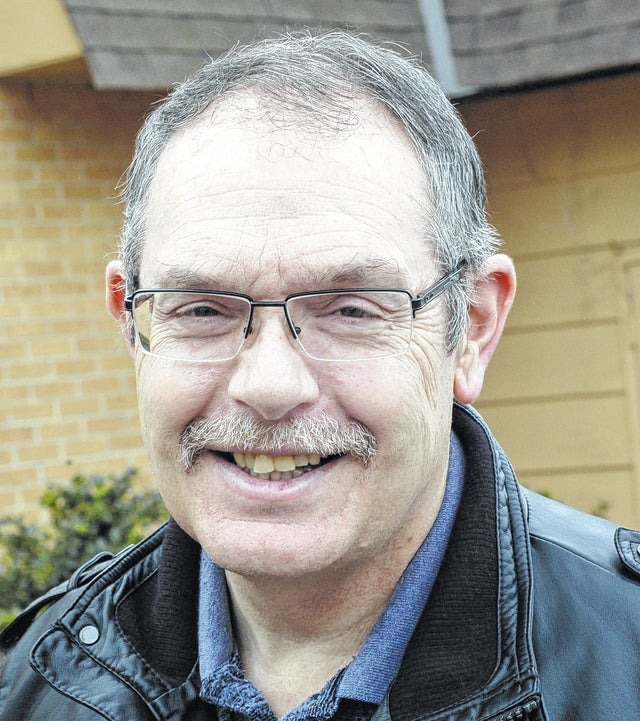Troup extension agent: How to care for Christmas trees
Published 12:00 am Friday, December 18, 2015

It’s that time of year again. The magic of Christmas abounds.
One of those things that brings the spirit of Christmas home is the traditional Christmas tree. It’s been said that Hessian soldiers working as mercenaries for King George III introduced the Christmas tree tradition to the United States during the American revolution.
Hessians were from the Hesse region of Germany. To many northern Europeans, evergreen trees in the tradition of the ancient Druids represented everlasting life. Early Christians adopted the traditions to offset the pagan culture.
Martin Luther is credited with the idea of adding lights to the tree to represent the stars of the sky for his children. He used lighted candles, which is no longer a recommendation for obvious reasons.
You can find several kinds of trees that are grown locally, Virginia pines and Leyland cypresses are at our Troup County Christmas tree farms. Some folks may prefer a native eastern red cedar. A popular tree shipped in from North Carolina, Tennessee and Virginia is the Fraser fir.
Make sure you select a fresh tree. The needles should be bright green, flexible and adhere to the branches. Needles that fall off easily or branches that snap indicate a dry tree. Cutting your own will be the freshest tree. A strong fragrance will also indicate a fresh tree though Leyland Cypresses have little smell.
Select a tree that is tapered and well formed. You do not need to recut the trunk unless it’s been more than twelve hours from the time it was cut. Make a new cut if older, but do not trim the trunk to make it fit in the holder.
Get the right size stand. A new cut will allow fresh water to be taken up by the xylem. Only cut about ¼ inch from the base of the tree.
Give your tree a bath. This will remove the dust and the bugs that may be in the tree. You don’t need insects overwintering in your house.
The tree stand should be able to hold one quart of water per inch of tree diameter. A three inch diameter tree should hold at least three quarts of water. Keep it filled. A cut tree absorbs quite a bit of water in the first week.
Make sure the trunk is submerged in the water. Don’t display the tree near fireplaces, heating vents or direct sunlight. It will only speed up the drying process.
Don’t add anything to the water. Trees don’t get headaches so an aspirin is ineffective. Adding sugar or bleach to the water is not effective either.
Enjoy the tree. When the needles easily come off in your hand and the branches snap, it’s time to recycle the tree. A weighted tree in a fish pond makes an excellent fish attractor.
There are a few safety tips to keep in mind. Always replace any string of lights that have worn cords and check for loose bulb connections. Connect no more than three strands of lights together.
Read the manufacturer’s instructions on the number of LED strands that you can connect together. Use only UL approved extension cords and surge suppressors.
Place the cords near the wall and away from traffic so they do not become trip hazards. Never place an extension cord under the carpet. Turn the lights off at night and when leaving the house.
Keep a fire extinguisher nearby and train everyone in the house how to use it. Remember that we always want to keep a safe Christmas as well as a Merry Christmas.
What’s going on in Extension?
Jefferson Street Market begins Saturday mornings from 9:30 a.m. to noon at 625 Jefferson St. just off of Dallis Street.
Tree seedlings can be ordered from the Georgia Forestry Commission, 706-845-4122
If you have any questions or concerns, stop by or call the office. UGA has a wealth of information for home and property owners.


